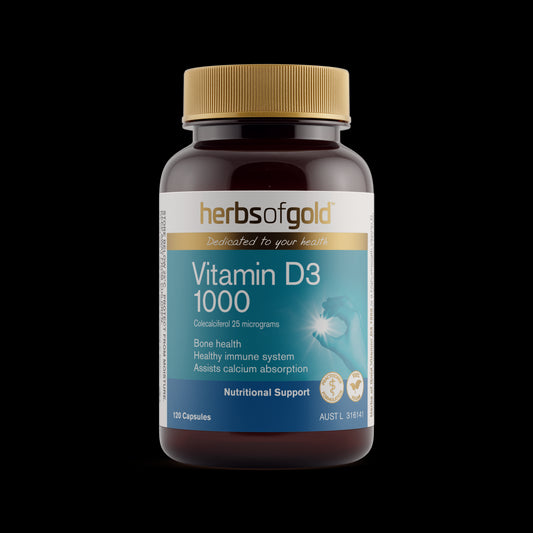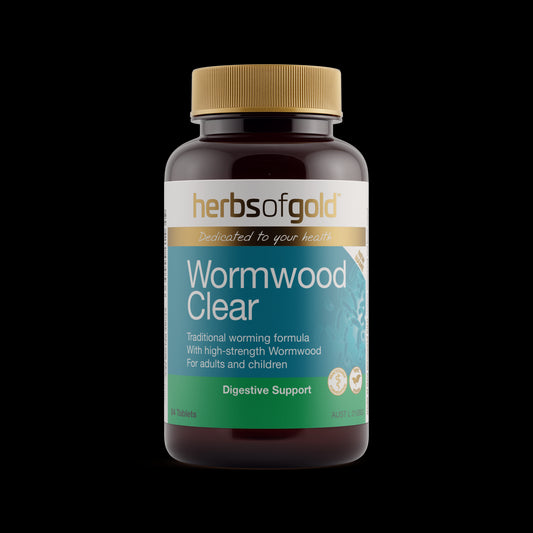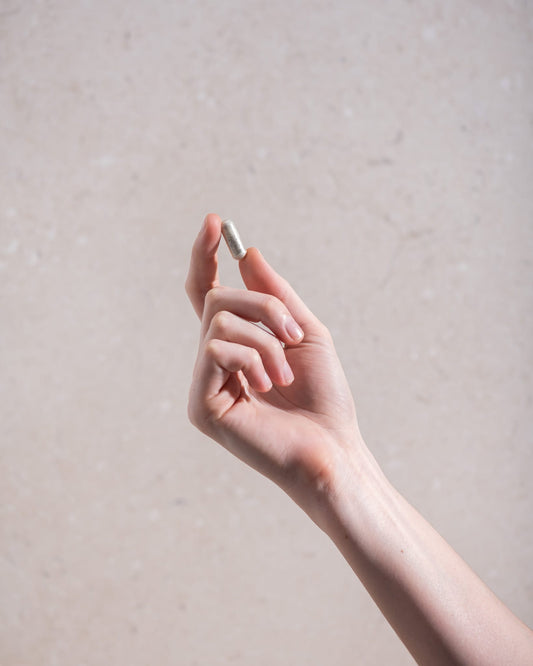While not as well-known as its B vitamin cousins B6 and B12, vitamin B3 can certainly pack a punch in all that it does.
The term ‘niacin’ refers to different forms of vitamin B3 including nicotinic acid and nicotinamide. Vitamin B3 is water-soluble, just like all the other B vitamins, and is used by the body to form the nicotinamide coenzyme, NAD.
NAD, or nicotinamide adenine dinucleotide, is a coenzyme and cofactor that exists in all human cells and plays a critically important role in cellular metabolism including the production of energy.
Despite its important role, unfortunately levels of NAD naturally decrease with age[1].
Vitamin B3 – turning food into energy
One of the most important roles niacin plays is in helping to convert food into energy. The table below lists the top 10 food sources for niacin per 100mg.
| Food Source | Amount of niacin per 100mg | |
| 1. | Yellow fin tuna | 37.5 mg |
| 2. | Lean chicken breast | 16.1 mg |
| 3. | Lean pork chops | 13.6 mg |
| 4. | Beef | 9.5 mg |
| 5. | Portobella mushrooms | 7.6 mg |
| 6. | Brown rice | 5.2 mg |
| 7. | Dry roasted peanuts | 4.1 mg |
| 8. | Avocado | 3.5 mg |
| 9. | Green peas | 3.2 mg |
| 10. | Sweet potato | 2.4 mg |
Tryptophan and niacin
The good news if you’re not getting enough niacin directly, is that the body is able to make niacin from the amino acid (a protein building block), tryptophan. A diet high in tryptophan can also help you to get enough vitamin B3.
|
|
Food Source |
Amount of tryptophan per 100mg |
|
1. |
Spirulina |
929 mg |
|
2. |
Pumpkin seeds |
576 mg |
|
3. |
Turkey |
404mg |
|
4. |
Milk |
370 mg |
|
5. |
Lean pork |
369 mg |
|
6. |
Salmon |
320mg |
|
7. |
Cashew nuts |
287 mg |
|
8. |
Oats |
182 mg |
|
9. |
Eggs |
168 mg |
|
10. |
Soy products |
157 mg |
For tryptophan to be converted into niacin, your body needs to have enough iron, vitamin B6 and vitamin B2.
In addition to being able to convert to vitamin B3, tryptophan is also used in the production of the neurotransmitter serotonin.
Niacin for skin health
Vitamin B3 can be useful for supporting skin health through its ability to support the health of the various layers of the skin.
A double-blind, randomised, controlled trial using 500mg of nicotinamide twice daily substantiated the benefits of vitamin B3 in supporting skin health and helping to protect skin from the sun[2].
Niacin in supplemental form
Niacin is available as a supplement in the form of nicotinic acid or nicotinamide. Nicotinic acid and nicotinamide are closely similar in chemical structures, with nicotinamide containing an amide group that is notably absent in nicotinic acid.
Some individuals choose to take niacin in either the nicotinic acid, or nicotinamide form to support different elements of health.
The niacin flush
Niacin flush is a common side effect of taking high doses of niacin supplements. A niacin flush is quite uncomfortable, often accompanied by an itching or burning sensation and is commonly described to feel like sunburn. While a niacin flush is harmless, it is frequently the reason why individuals stop using a niacin supplement.
If you wish to take a niacin supplement and would like to try to avoid a niacin flush, there are two options to assist with this:
- Use a nicotinamide supplement. Nicotinamide is a non-flushing form of niacin so can help to avoid the niacin flush.
- Use an extended-release form of niacin. This type of supplement releases niacin in the body over an extended period of time, reducing the risk of flushing.
Herbs of Gold Vitamin B3 500mg is a high-strength, vegan-friendly vitamin B3 supplement providing 500mg of nicotinamide supporting skin health and energy production.
Herbs of Gold Niacin Extended Release contains 100mg of nicotinic acid in an extended-release delivery system that controls the release of the active ingredient into the body over an 8-hour period. This supplement is also vegan-friendly.
[1] McReynolds, M. R., Chellappa, K., & Baur, J. A. (2020). Age-related NAD+ decline. Experimental Gerontology, 134, 110888.
[2] Chen, A. C., Martin, A. J., Choy, B., Fernández-Peñas, P., Dalziell, R. A., McKenzie, C. A., ... & Damian, D. L. (2015). A phase 3 randomized trial of nicotinamide for [….]. New England Journal of Medicine, 373(17), 1618-1626.




















